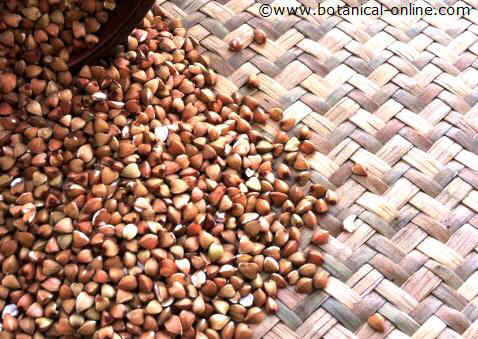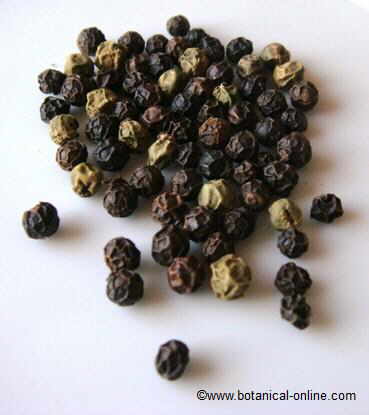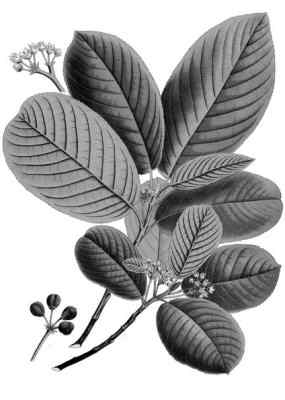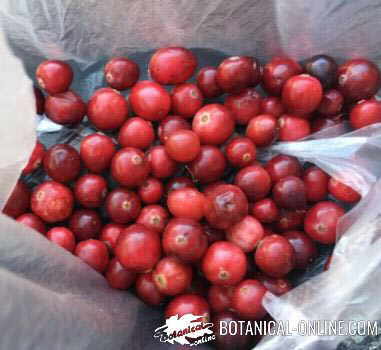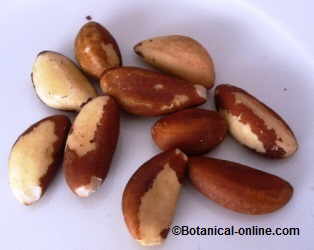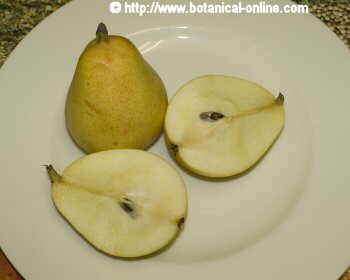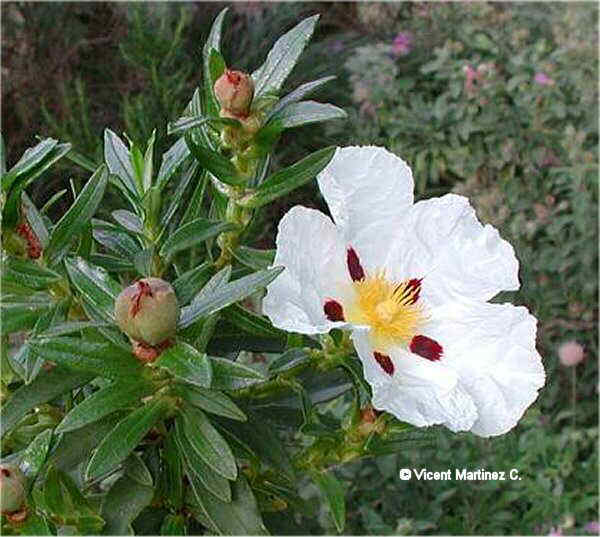How to grow geraniums (Pelargonium spp. /Geranium spp.)
Characteristics of geraniums
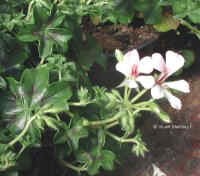 | 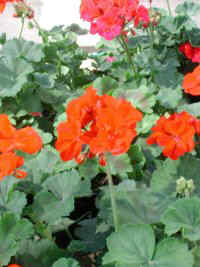 |
| Ivy-leafed pelargoniums (Pelargonium peltatum) are very useful for hanging pots. | Zonal pelargoniums (Pelargonium x hortorum) are the most used in gardening because of their abundant flowers. |
 The Stork’s bill family – geraniaceae –:
The Stork’s bill family – geraniaceae –:
The Stork’s bill family – geraniaceae – comprises about 700 species of plants mainly spread in temperate and subtropical countries. They are herbs and bushes, specially used in gardening, such as geraniums. To know more about this family…
Among the geraniums we would have the genera “Geranium” and the genera “Pelargonium”. The first one is formed by plants that present flowers with bilateral symmetry, or actinomorphic whereas the pelargoniums possess flowers with a single symmetry plane, which is named zygomorphic.
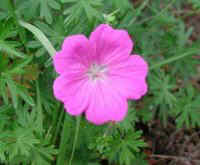 | 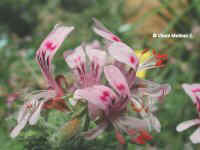 |
| A typical flower of a member of the genera “geranium” with a symmetrical flower or actinomorphic (Geranium sanguineum L.) | A typical flower of a member of the genera “pelargonium” with an asymmetric flower or zygomorphic (See a close-up detail) |
 Geraniums (Types)
Geraniums (Types)
There are about 300 geranium species, while we would have some 250 pelargonios species. In gardening we usually use pelargoniums. Inside this gender, we would have the following main groups:
- Zonal pelargoniums: (Pelargonium x hortorum) They characterized to possess almost round leaves, with a colored spot in the center which is what gives the name of the species, as well as a touch similar to the velvet. They are the most cultivated group, especially as pot flowers, for the quantity of flowers that they present, grouped in rounded inflorescences of long petioles.
- Ivy-leafed pelargoniums: (Pelargonium peltatum) They are plants with hanging stems and more hardened leaves with more outstanding lobes. They are fundamentally used as hanging plants in terraces or window sills.
- Regal pelargoniums: (Pelargonium x domesticum) they present woodier stems and wrinkled leaves with more pointed lobes. They are cultivated mainly in greenhouses.
- Scented-leafed pelargoniums: (Pelargonium graveolens, Pelargonium crispum, Pelargonium capitatum…etc.) with very divided leaves and shrubby stems, but what characterizes them better is the deep scent they produce when cut or walked on and the aroma of their flowers. Many hybrid forms can be found and many varieties are also used in the perfume industry for the extraction of oils.
Some species of geraniums used in gardening are:
Geranium x cantabrigiense, geranium dalmaticum, Geranium endresii, Geranium erianthum, Geranium himalayense = Geranium grandiflorum, Geranium lucidum, Geranium maculatum, Geranium malviflorum, Geranium x oxonianum, Geranium palmatum, Geranium platypetalum, Geranium sanguineum, Geranium selvaticum.
Species of the pelargonium that can be found are:
Pelargonium crispum, Pelargonium cucullatum, Pelargonium echinatum, Pelargonium grandicalcaratum, Pelargonium graveolens, Pelargonium magenteum, Pelargonium x nervosum, Pelargonium odorantissimum, Pelargonium peltatum, Pelargonium quercifolium, Pelargonium tomentosum, Pelargonium tricolor, Pelargonium Xerophyton, Pelargonium zonale.
 Geraniums (flowers)
Geraniums (flowers)
Although the usual blooming time is spring and summer, they can flourish practically during the whole year. They produce very showy flowers of many colors.
 Geraniums (Watering)
Geraniums (Watering)
We only must water them when they are in bloom, twice per week in summer. The rest of the year they don’t have to be watered very abundantly, and the soil can be permitted to dry before watering again.. It is not necessary to water, especially when the conditions are cold and only in case some flowers remain on the plant. Water should be applied directly to the soil, without wetting the leaves or flowers in order not to become rotten by fungi. A good solution is to use a watering-can with a good mouthpiece so that the leaves, the stems and mainly the flowers remain dry.
 Geraniums (Location)
Geraniums (Location)
These plants are fundamentally outdoor plants. They should be exposed to full sun in order to have a good bloom. They can also be cultivated indoors, provided that they should be given a good ventilation and a fresh atmosphere. They prefer temperate spots that oscillate between 6 -25ºC. In case of lower winter temperatures, they should be protected or placed indoors so that they don’t freeze.
 Geraniums (Multiplication)
Geraniums (Multiplication)
The best way to get new plants is by means of cuttings. These will be carried out by cutting a stem from a good state rooted plant. We should try to remove all the leaves of the inferior part of the stem, leaving a couple or three of them at the end. The stems will be planted in pots with garden soil where they will root for 15 days. It is necessary to try to maintain them warm and humid. Then, after a couple of weeks or so, we will replant them in the definitive pot.
Geraniums can be transplanted using plants rooted in greenhouses. In this case, we will take out the plant from the pot and we will plant it in a hole of about an approximate size to the one the plant occupied in the original flowerpot and in a similar depth. It is convenient to press the earth around the stems. Water then and apply some liquid fertilizer.
Geraniums require an autumnal pruning to avoid them to acquire an ungraceful aspect and so that they can be rejuvenated, producing more best flowers and in more quantity. At the same time, by cutting the dead branches and clarifying those ones that stand out toward the exterior, we ensure that these plants can face the winter with smaller freeze risk. Another way of invigorating them and making them able of producing flowers continually is to remove the dry flowers, with their respective stems.
 Geraniums (soil, fertilizer and diseases)
Geraniums (soil, fertilizer and diseases)
Preferably they require a slightly acid soil, with a pH about 6,5. It should be a loose soil, with a good drainage that avoids damping. With a loamy soil, add organic compost.
Geraniums require a very appropriate fertilizer. A nitrogen lack produces meager, yellowish plants. The best way to solve this problem is to apply them specific fertilizer that can be bought in most of the specialized stores.
![]() More information about plant cultivation.
More information about plant cultivation.


